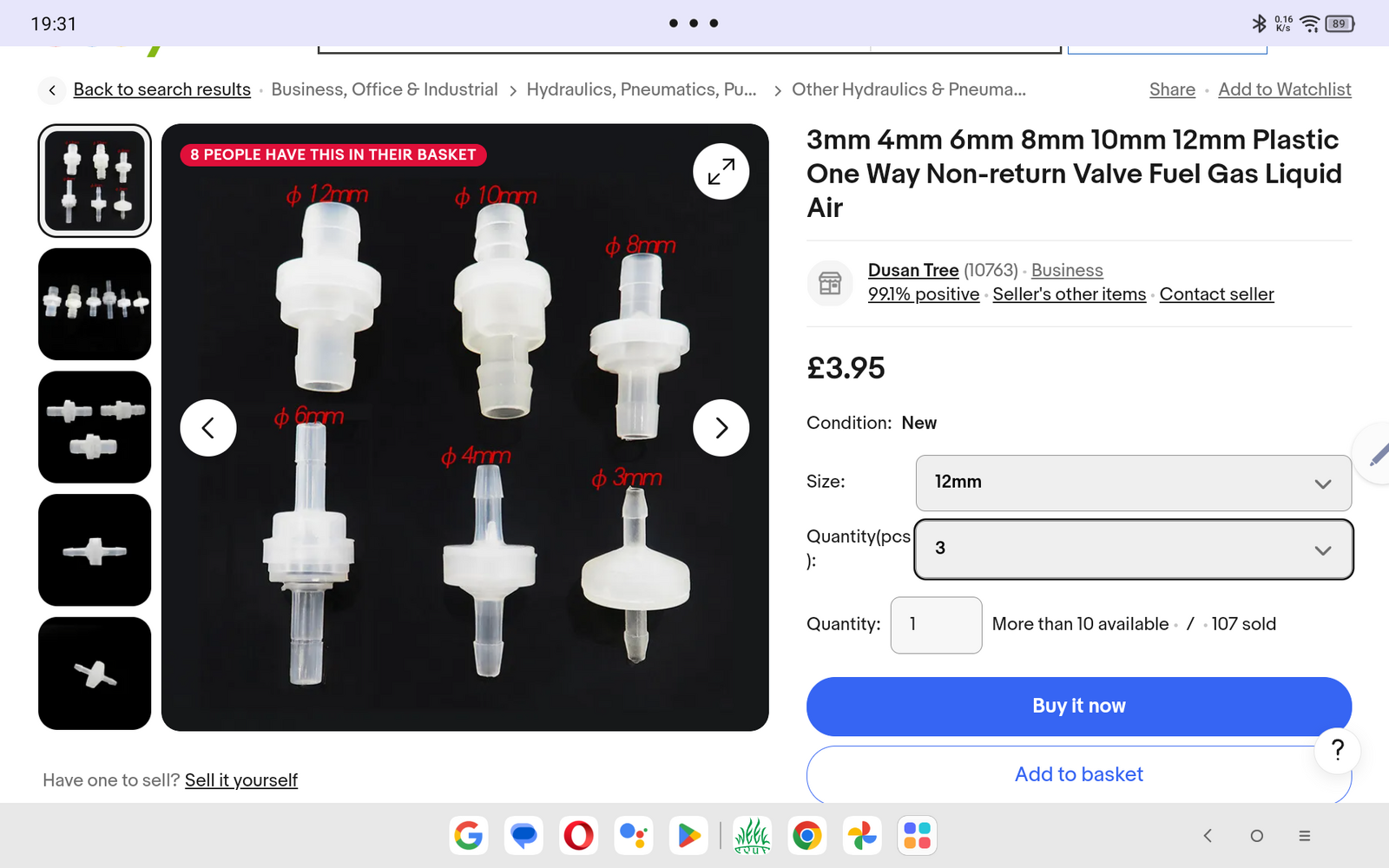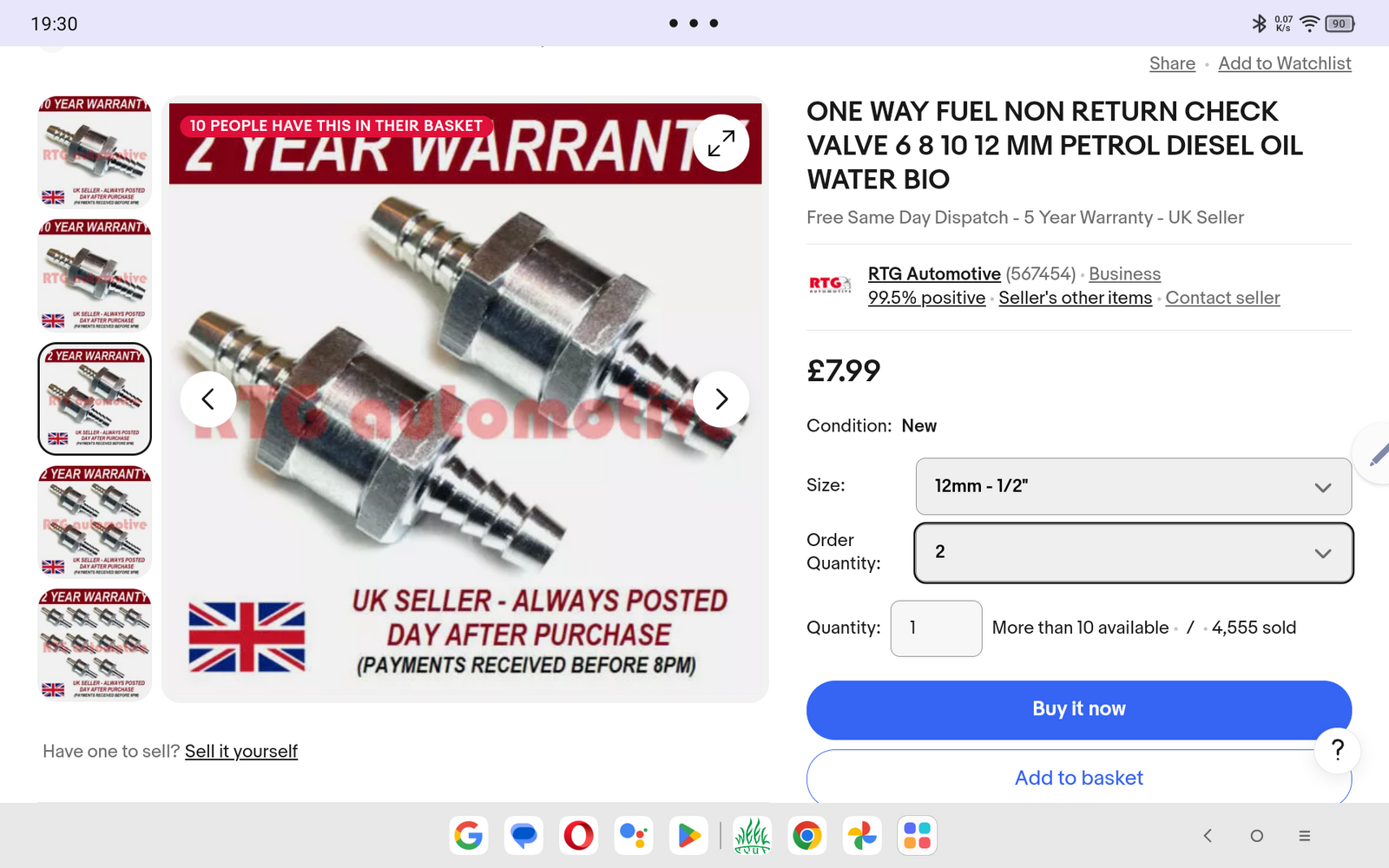Vandal Gardener
Member
Sorry for how random this may be.
I've got an Eheim 2322 (500 lph) and a 2324 (700lph) currently sitting redundant. My MTS is eating away at me to get a 140 scraper tank which got me thinking about using them both on that tank.
To reduce the equipment in the tank I wondered about combining both filters output (back into the tank) into one with non return valves on each filter.
Can anyone think of tell me why this might be a bad idea please?
I've got an Eheim 2322 (500 lph) and a 2324 (700lph) currently sitting redundant. My MTS is eating away at me to get a 140 scraper tank which got me thinking about using them both on that tank.
To reduce the equipment in the tank I wondered about combining both filters output (back into the tank) into one with non return valves on each filter.
Can anyone think of tell me why this might be a bad idea please?




